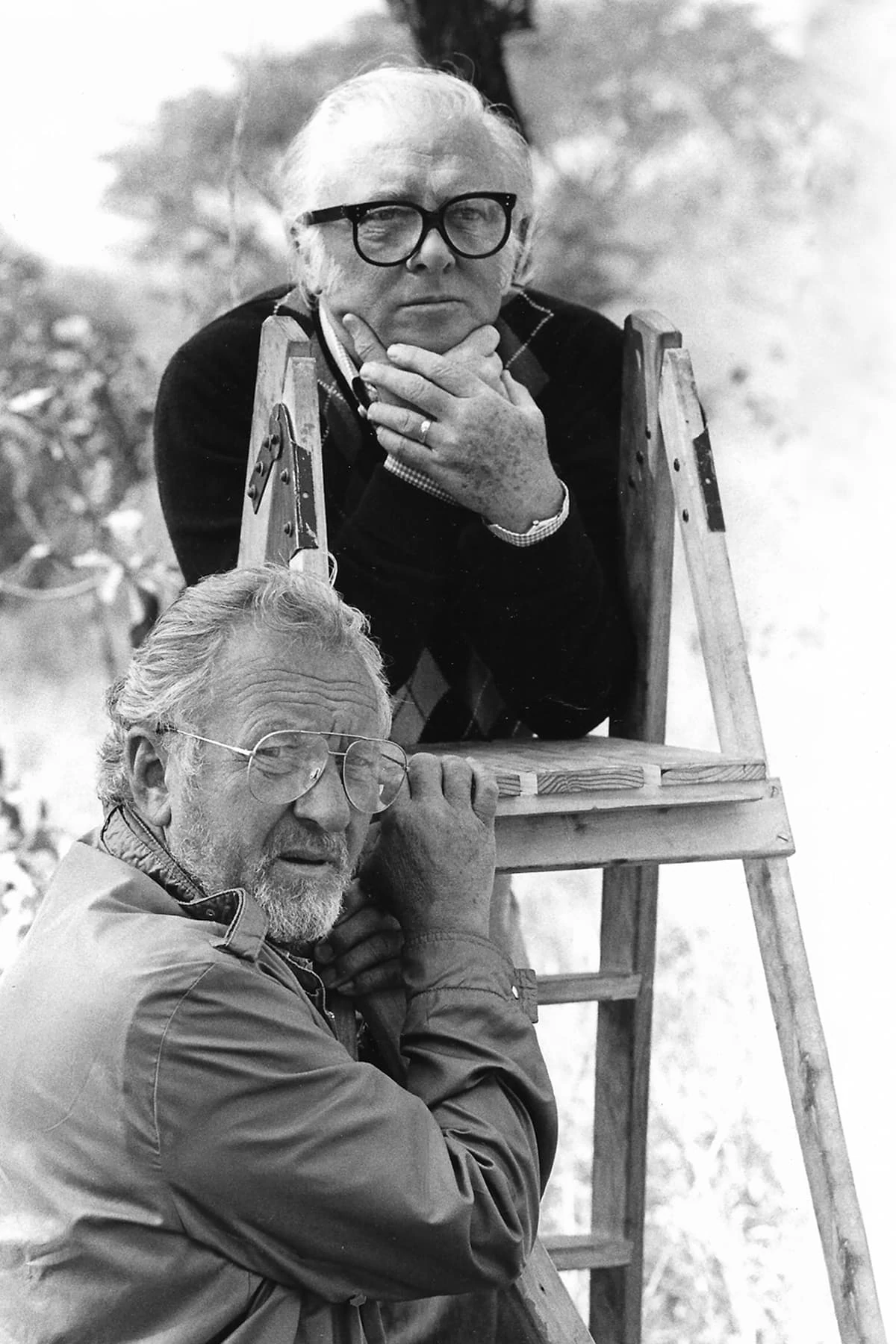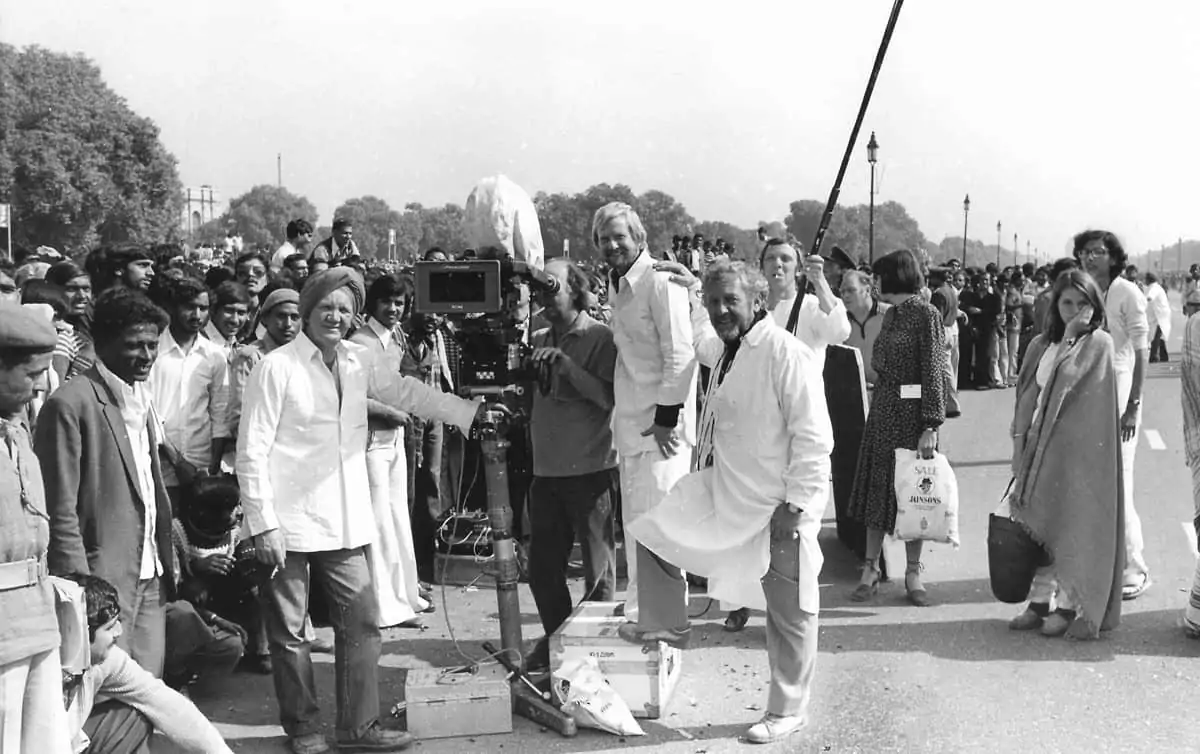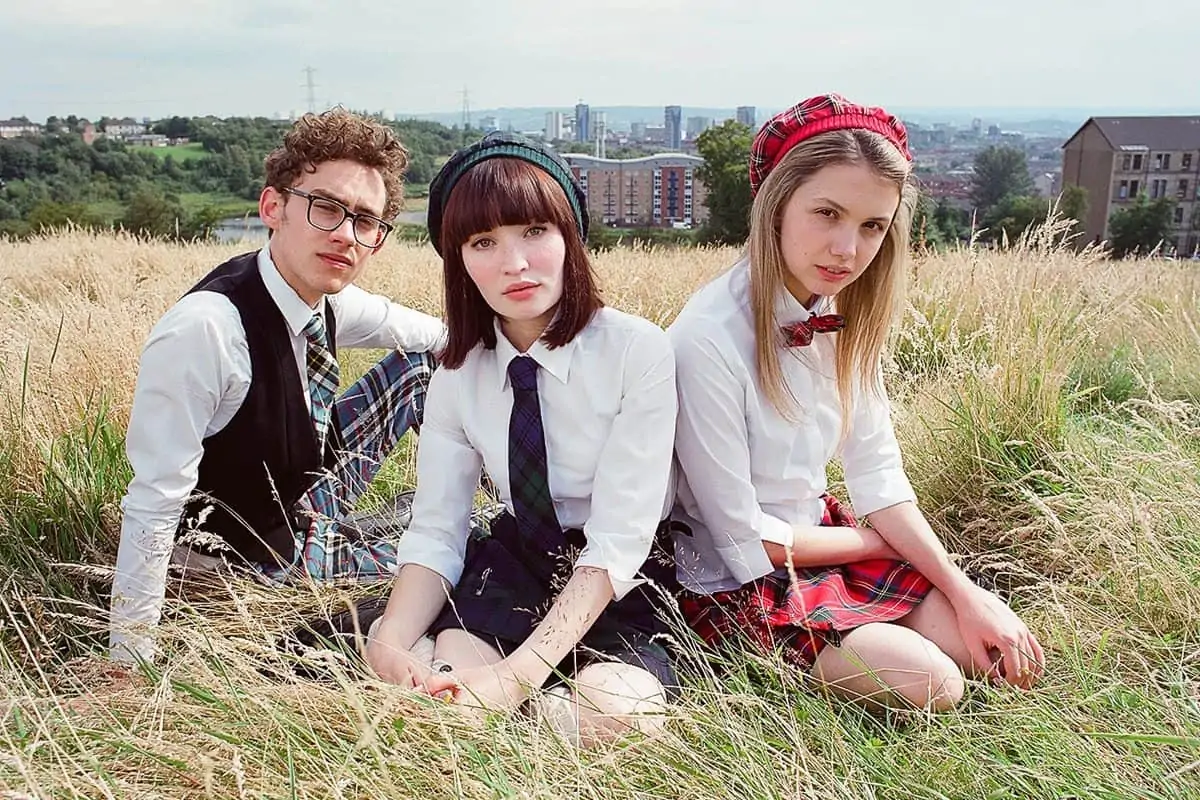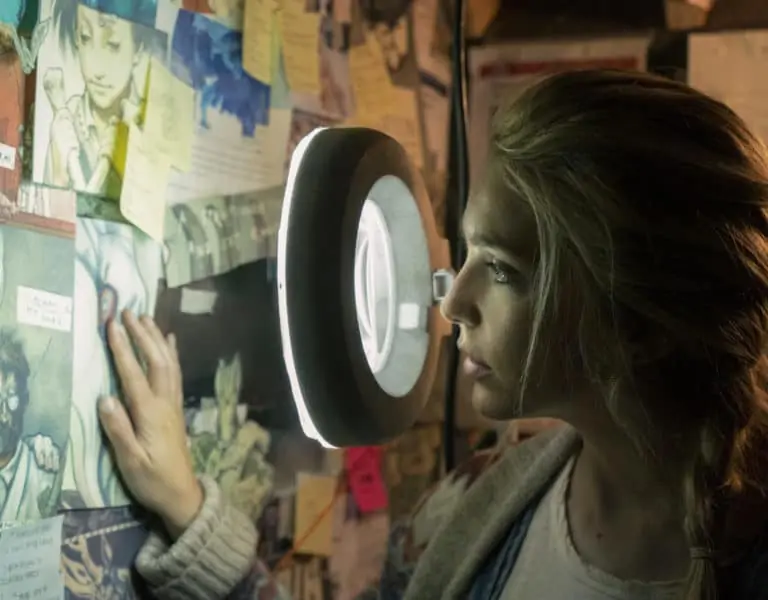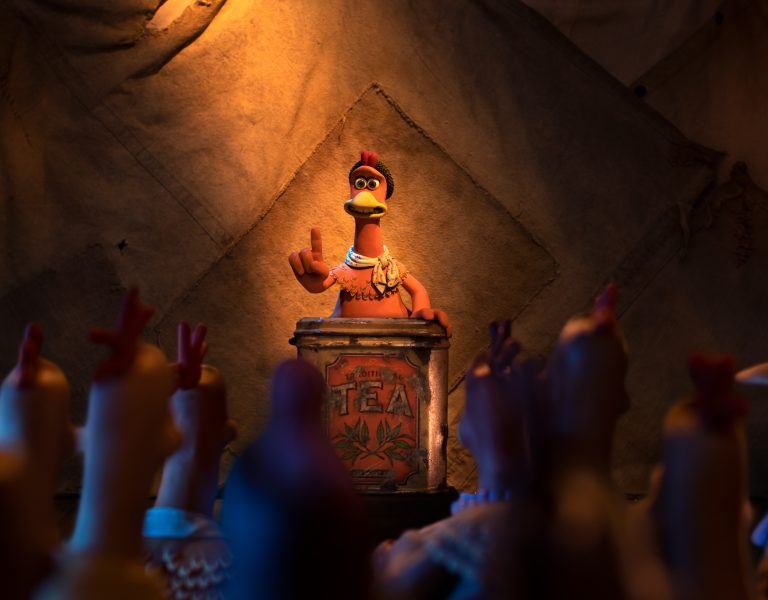A STORY OF EPIC PROPORTIONS
To film the story of Mahatma Gandhi (1869-1948) was one of Sir Richard Attenborough’s goals. It was an ambition he eventually achieved after suffering several setbacks. He went on to direct and produce the epic story about a man who went from being a lawyer, having studied in the UK, to worldwide symbol of peace and understanding. It starred actor Ben Kingsley as Gandhi, who fought peacefully for independence in India from the British.
This was achieved in August 1947 and India was split into three parts: India, Pakistan, and East Pakistan, which later became Bangladesh. Gandhi was assassinated in 1948, aged seventy-nine.
The screenplay for the film is by John Briley and is dedicated to Motilal Kothari, Earl Mountbatten of Burma, K.G, and Pandit Jawaharial Nehru, without whose inspiration and unfailing advocacy and faith it would not have been made.
The Goldcrest Films International, International Film Investors, National Film Development Corporation Ltd of India and Indo British Films Ltd Production, was released by Columbia Pictures on 30 November 1982 in New Delhi and 3 December 1982 in the UK. It received eleven nominations at the 55th Academy Awards and won eight, including Best Picture, Best Director, Best Actor and Best Cinematography. The film was highly successful, earning over $127 million, having cost around $22 million to make.
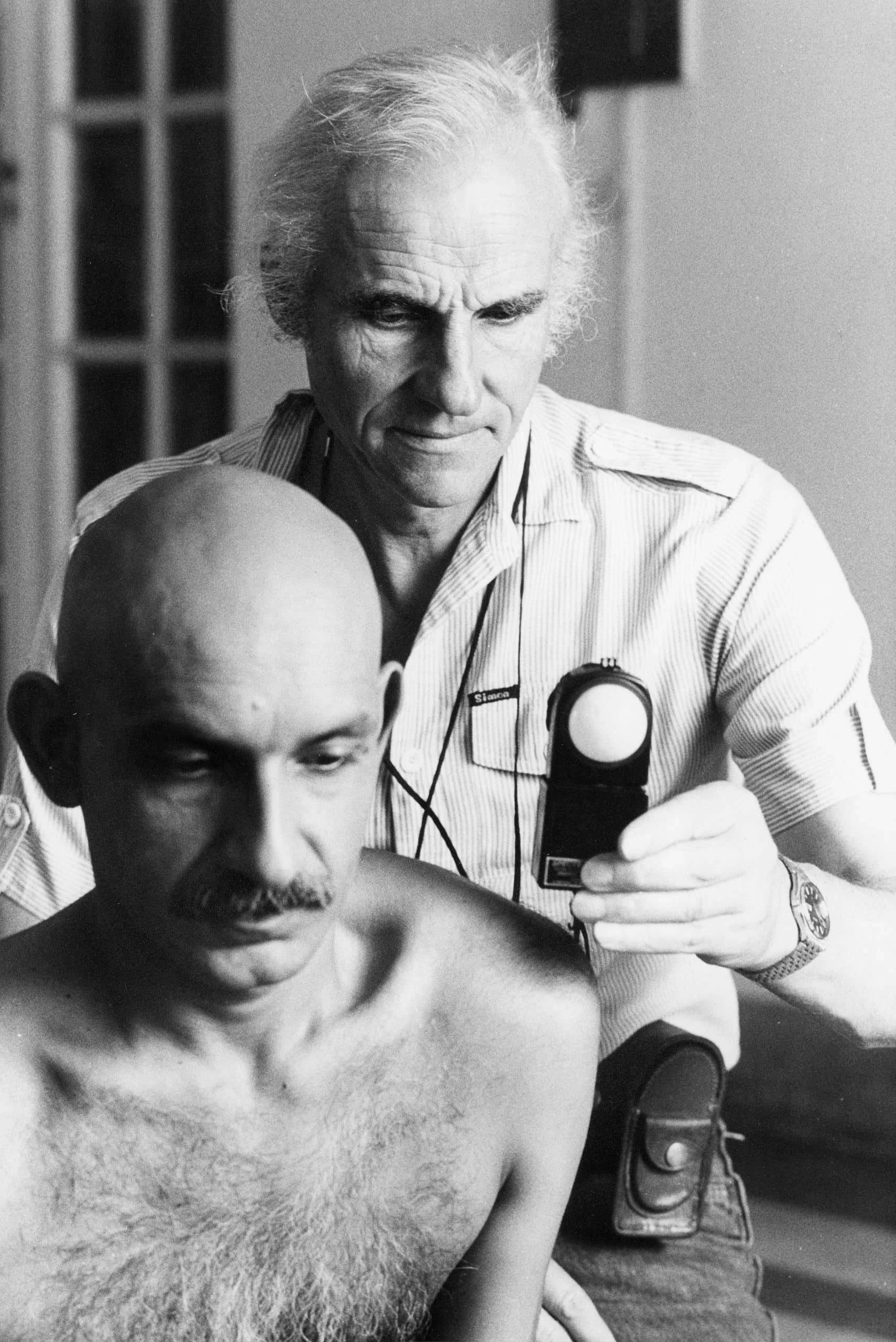
Subscribe to our mailing list to continue reading
Gandhi was shot in 35mm anamorphic, using Panavision cameras with Kodak film stock. Some areas screened it in 70mm with six-track sound. Cinematographer Billy Williams OBE BSC was engaged as the DP, travelling to India to shoot this remarkable man’s story which is on the screen for over three hours.
Williams went to India four weeks before the shoot to do preparation work. Relating his time on the movie, he said, “Richard Attenborough was a lovely man. He was wonderful with the actors, very caring and considerate. I really liked working with him and everyone called him Dickie. Ben Kingsley would stay in character even when the camera stopped rolling. When he played the old man in his seventies, he remained the old man in rehearsals and on the set.
“We tried to stay as close as possible to Gandhi’s life in all regards. We went through hours and hours of newsreel footage to get it accurate. Shooting took around twenty-five weeks.”
Williams went on to say they had a wonderful make-up artist named Tom Smith, who transformed Kingsley to look like Gandhi as he aged through the years, pencilling in ageing lines on Kingsley’s face.
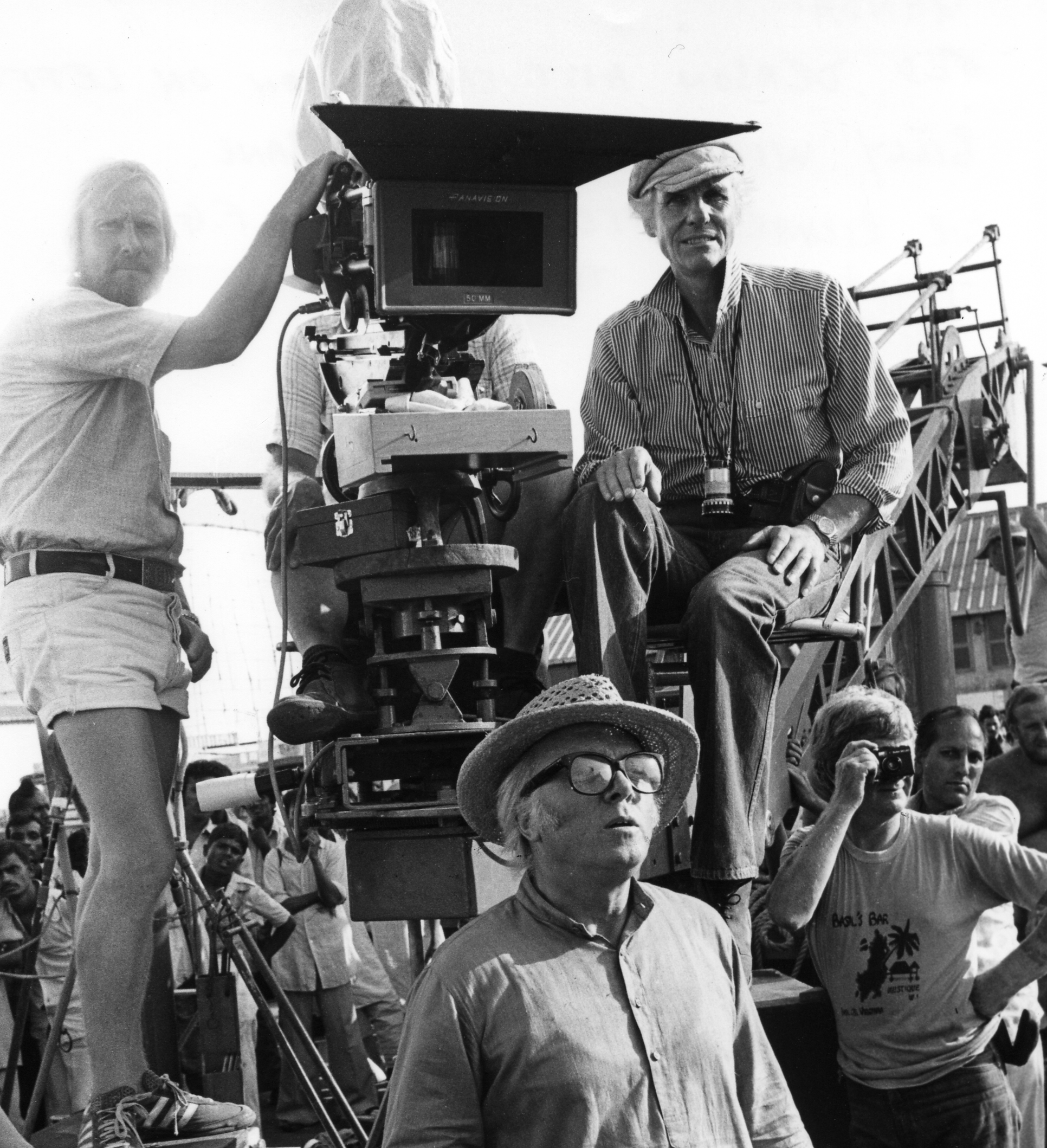
Another notable cinematographer, Ronnie Taylor BSC (1924-2018), came on board, suggested by Williams when he fell ill suffering from a slipped disc after only six weeks on the production and had to return to the UK for treatment because treatment in India wasn’t working. After four weeks back in London recovering, he returned to the production only to have the same problem again, so Taylor returned.
Taylor arrived on Gandhi when they were about to shoot the funeral sequence with multiple cameras and around four hundred thousand extras. He was thrown into it straight away. “Richard Attenborough decided if there were going to be any nominations then Billy and I should share the credit,” said Taylor.
Sir Sydney Samuelson CBE BSC said, “The clever aspect of Ronnie taking over on Gandhi is that you cannot see the join as far as the look of the whole is concerned.” Sir Sydney, who was a good friend of Attenborough also said Richard Attenborough would greet everyone with a “Hello, how are you today?”
Aerial shots were captured by Robin Browne BSC. He said, “We had a helicopter pilot from the Indian army, who unfortunately had no previous film experience. I also had to film the train and get close. The pilot was reluctant to get close enough.

“Dickie Attenborough was the most charming director you could work with. He was absolutely delightful. He didn’t remember everyone’s name but he would call you poppit or darling. I worked on five pictures with him.”
Other crew members included camera operator Chic (Rodney James) Anstiss (1931-2011); cinematographer on the second unit Govind Nihalani; camera grip Jimmy Waters; clapper loader Danny Shelmerdine; focus puller Devlin Bose; and focus puller Ted Deason.
Deason said, “Working with Attenborough was a pleasure. He was very good with the actors, leaving the technical aspects to the crew. He had a tremendous belief in the film and would work non-stop.”
Deason was on the crew from the start and remained until the end. He added, “We got to see the rushes, but not for four days because the film was sent to the UK for developing. Viewing rushes always made you a bit nervous, wondering if everything was okay.”
The cameras had to be stripped down at the end of each day’s shoot because of the heat and dust.
A Nobby Godden is listed as a camera mechanic.
After the Indian shoot, a number of interiors were shot in London because permission wasn’t granted to film them in India. Work was also carried out at Shepperton Studios.
Williams and Taylor received their Oscars in 1983. Taylor was working on Champion when the Oscars were given out so could not go personally to collect his. He says he was “gutted” because he couldn’t be released to receive his statuette. Williams accepted it on his behalf. They were both nominated for a BAFTA and won the Best Cinematography Award from the BSC.
